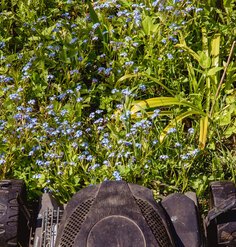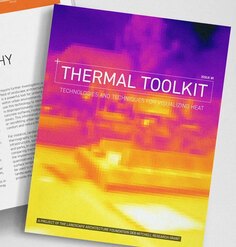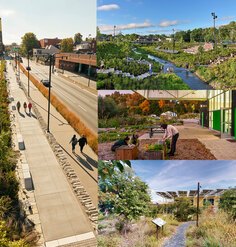LPS Case Studies: A Preliminary Analysis
As LAF gears up to begin analyzing the collection of 50+ Landscape Performance Series (LPS) Case Study Briefs per the $22,500 cooperative agreement with researchers at Utah State, Temple, and Kansas State University, we did a few quick in-house analyses and thought we’d share the results.
The word cloud below shows the performance benefits represented in the first 50 Case Study Briefs, weighted by frequency. Stormwater management, water conservation, social & recreational value, and educational value are the most commonly quantified benefits. The least common are scenic quality/views, habitat preservation, and air quality benefits. To some extent, the benefits depend on the type of project — for example, a schoolyard would be expected to provide educational value, whereas a private residence likely would not — but more often the benefits simply reflect what data and information are available for each project.
Participants in LAF’s Case Study Investigation (CSI) program, which has produced two-thirds of the LPS Case Study Briefs, are charged with conducting field observations, scouring archives and public datasets, and interviewing clients and users to evaluate the performance of projects. Through their expertise and ingenuity, they have found or developed dozens, if not hundreds, of methods for determining performance benefits. Some of the most commonly-used ones described in the case study Methodology documents seem to be:
- National Tree Benefit Calculator
- Plant Stewardship Index (PSI)
- LEED documentation for individual projects
- Convenience surveys of users
We’re excited to work with the USU/Temple/KSU researchers to conduct a deeper examination of the metrics and methods in the collection of Case Study Briefs to gain insights and develop guidance that will make the evaluation of landscape performance more accessible to all.











